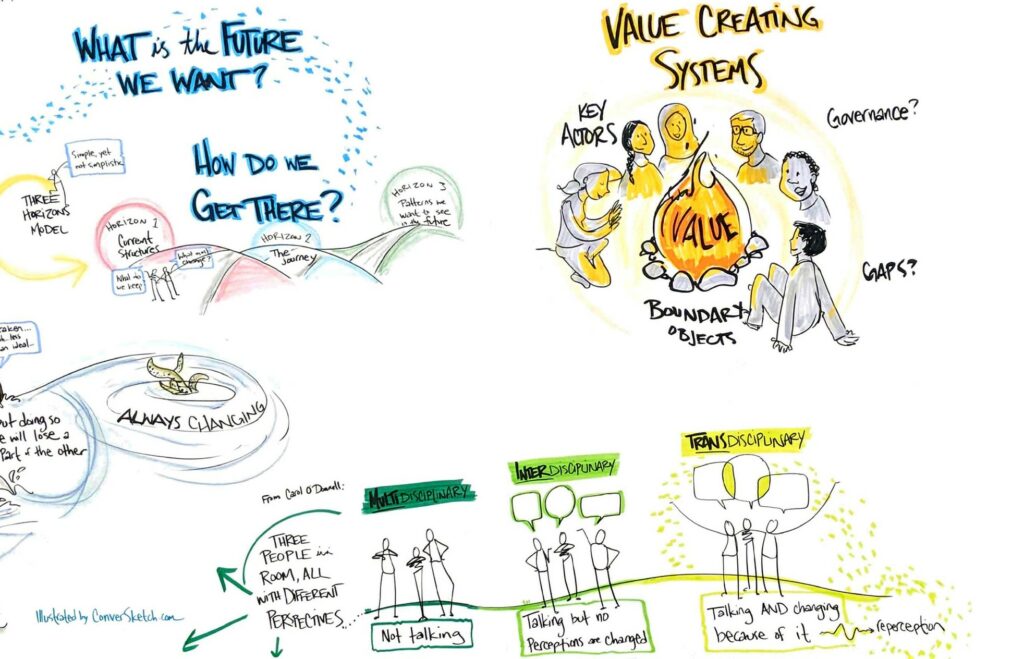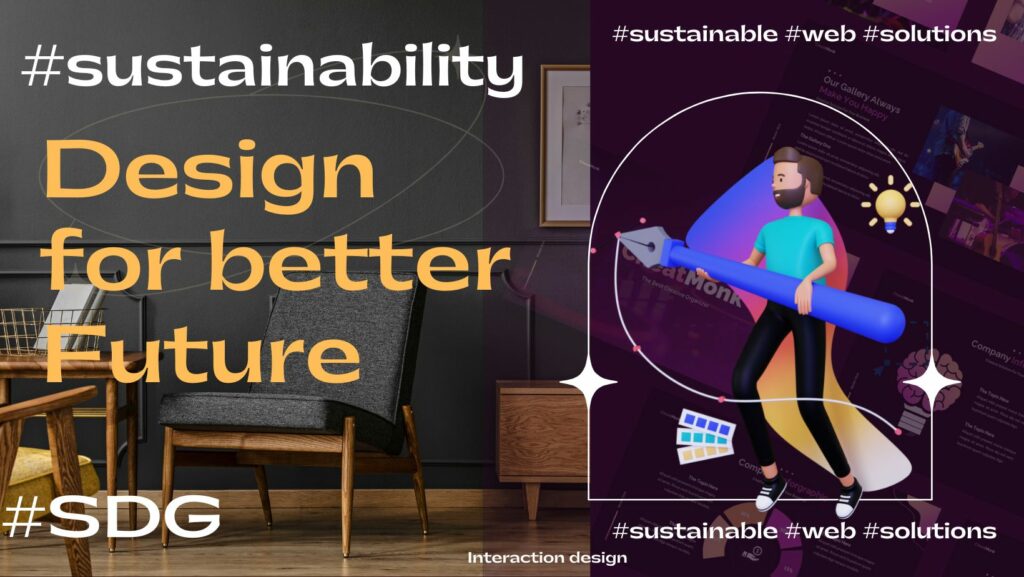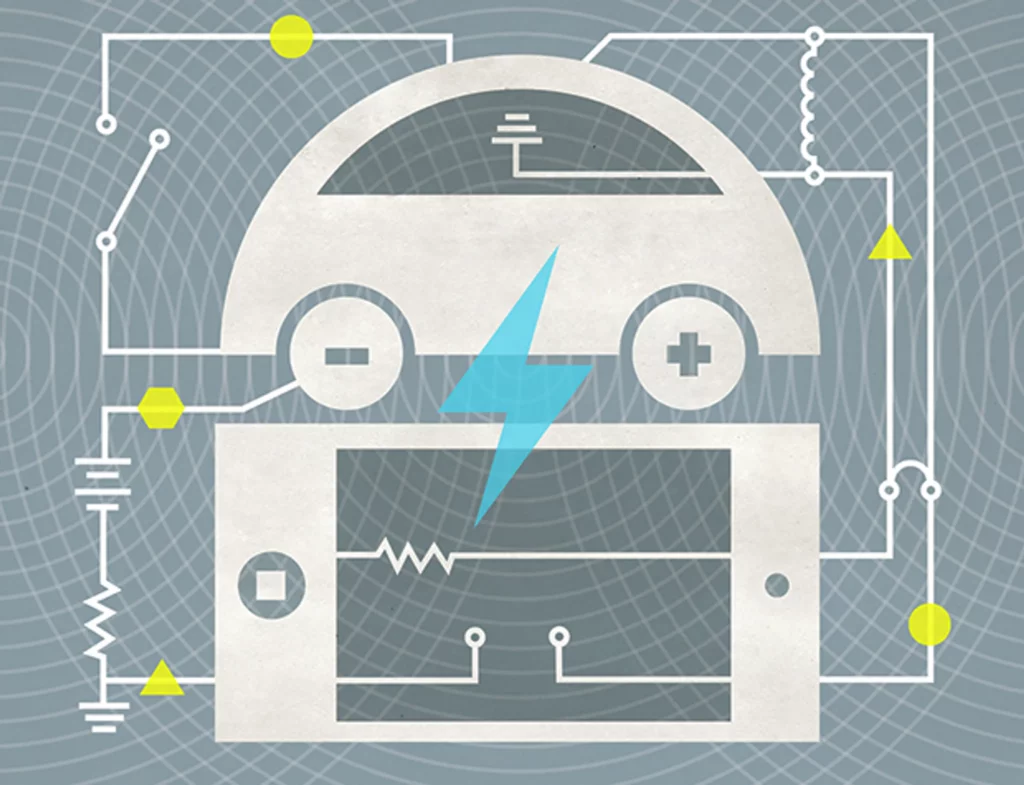
As the world becomes increasingly digitalized, it is more important than ever to consider how our design choices can impact the environment. Interaction design has a lot of potentials to help create a sustainable future, through things like increasing efficiency and reducing waste. For example, designing user interfaces that are easy to use and understand can help reduce the need for paper instructions or disposable packaging. And by making products and services more efficient, we can help conserve resources and reduce emissions.
There are lots of small ways that interaction designers can make a big difference in creating a sustainable future. So let us commit to using our skills for good and make the world a better place! Interaction design is a powerful tool to help create a sustainable future. The way information is presented, and the tone of the message can be used to influence people’s decisions. For example, if an environmental organization were to simply tell people to stop using plastic, they would likely not be taken seriously. However, if they were to explain the long-term effects of plastic pollution and why it is crucial to reduce our reliance on single-use plastics, their message may be more persuasive. By understanding how different tones can affect people’s attitudes and behavior, designers can create experiences that inspire positive action.
In addition to tonality, interaction design can also use visuals and animations to help make a message more impactful. For instance, designers could create visuals that illustrate the effects of climate change or show what steps people can take to reduce their carbon footprint. In this way, interactive designs can help make complex topics easier for people to understand and provide them with tangible actions they can take to contribute towards a sustainable future.
Finally, interaction design can be used as an opportunity for collaboration between businesses and individuals. Designers could create platforms that allow companies to connect with local communities in order to promote sustainable practices or develop interactive tools that allow individuals to track their own sustainability efforts over time. By providing users with a platform where they can work together towards a common goal, designers have the potential to create powerful experiences that unite people around environmental initiatives.
Overall, interaction design has the potential to play a key role in creating a sustainable future by influencing tonality, using visuals and animations, and fostering collaboration between businesses and individuals. With thoughtful design approaches, designers have the power to inspire positive action towards environmental initiatives and ultimately shape the future of our planet – one design at a time! As we look to the future of our planet, it is clear that we need to find new ways to create a more sustainable society. One way that interaction designers can help is by using our skills and expertise to create solutions that are environmentally friendly.

